Home>Articles>Why Do Modern Archaeologists Use Hand Tools And Technology
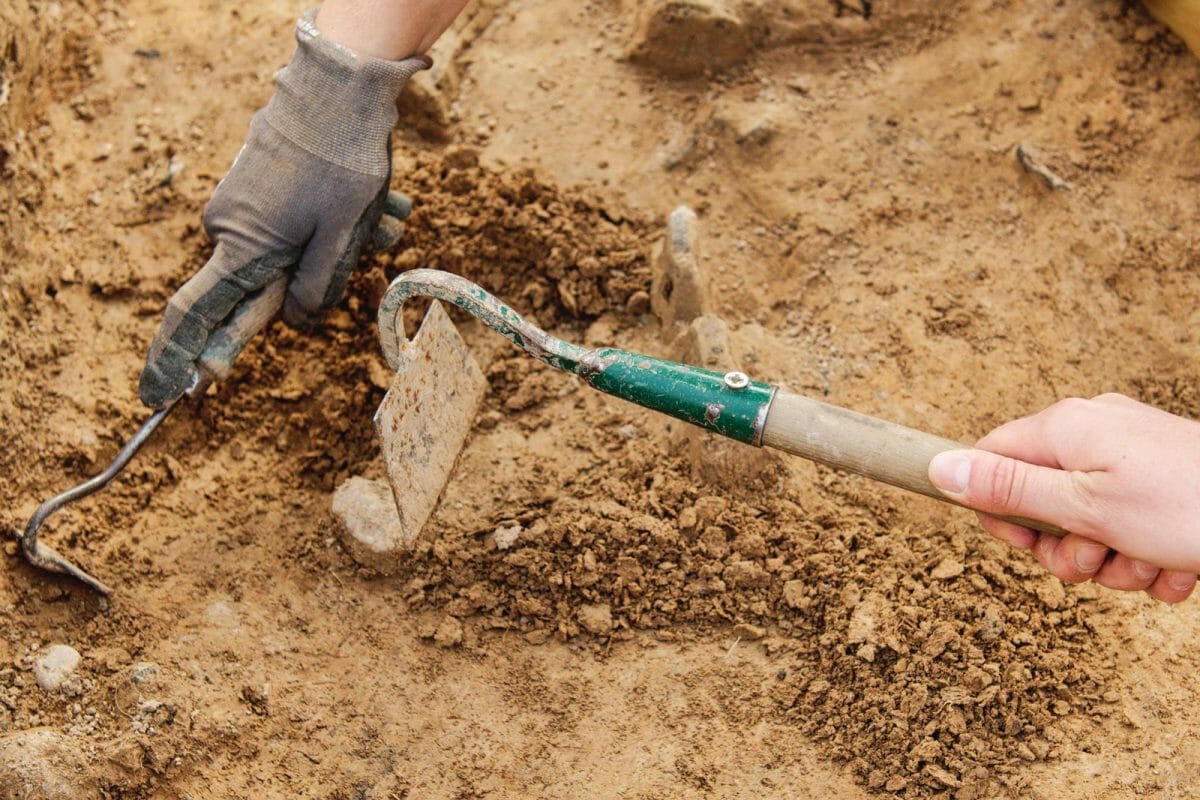

Articles
Why Do Modern Archaeologists Use Hand Tools And Technology
Modified: January 22, 2024
Discover why modern archaeologists rely on a combination of hand tools and advanced technology to uncover fascinating artifacts and shed light on the mysteries of the past. Explore insightful articles on this intriguing subject.
(Many of the links in this article redirect to a specific reviewed product. Your purchase of these products through affiliate links helps to generate commission for Storables.com, at no extra cost. Learn more)
Introduction
Archaeology is a fascinating field that offers us a glimpse into the past, helping us piece together the puzzles of ancient civilizations and uncover the secrets of our ancestors. Over the years, archaeologists have made incredible discoveries, ranging from ancient artifacts to entire lost cities.
However, the methods and tools used by archaeologists have evolved significantly, especially in recent times. While older techniques relied heavily on manual labor and traditional hand tools, modern archaeologists now have access to advanced technology that has revolutionized the way they excavate and analyze artifacts.
In this article, we will explore the role of archaeology in modern society and how the tools and technology used by archaeologists have transformed over time. We will delve into the advantages of using hand tools in archaeology, as well as the challenges they pose. Additionally, we will discuss the integration of technology in archaeological fieldwork, the modern tools used by archaeologists, and the benefits and ethical considerations that arise from their use.
Through this exploration, we aim to shed light on the intriguing world of modern archaeology and provide insights into why archaeologists utilize a combination of hand tools and technology in their research.
Key Takeaways:
- Modern archaeologists combine hand tools and technology to preserve artifacts, gain precision, and foster a tangible connection to the past, ensuring a comprehensive understanding of ancient civilizations.
- The integration of technology in archaeology brings efficiency, expanded exploration, and improved preservation, but requires careful consideration of ethical and social implications to ensure responsible and inclusive research practices.
Read more: Why Use Hand Tools
The Role of Archaeology in Modern Society
Archaeology plays a crucial role in our modern society by offering a window into the past and contributing to our understanding of human history. It helps us explore our roots, comprehend past civilizations, and connect the dots between our present and bygone eras.
One of the primary roles of archaeology is to unearth and preserve artifacts and structures left behind by ancient civilizations. These artifacts provide valuable insights into the lives, cultures, and practices of historical societies. By studying these objects, archaeologists can reconstruct the lifestyles, social structures, and beliefs of ancient peoples.
Archaeological research also contributes to our understanding of historical events and the development of human civilizations. By examining ancient cities, settlements, and fortifications, archaeologists can piece together the past and shed light on the interactions, conflicts, and advancements that shaped our world. This knowledge enables us to reflect on our own society and learn from past mistakes and successes.
Furthermore, archaeology has a significant impact on cultural preservation. By excavating and preserving archaeological sites, we can protect and promote cultural heritage, ensuring that future generations can learn from and appreciate their ancestors’ legacies. This also fosters a sense of pride and belonging among local communities, who can connect to their roots through the exploration of their archaeological heritage.
Archaeological research is not limited to terrestrial sites. Underwater archaeology plays a vital role in discovering and preserving submerged ancient cities, shipwrecks, and artifacts, further expanding our understanding of maritime history and trade networks. These discoveries provide invaluable insights into seafaring cultures and their contributions to global history.
Moreover, archaeology has interdisciplinary connections, interacting with fields such as anthropology, history, geography, and even forensic science. The analysis of skeletal remains, for example, can provide information about ancient health conditions, diets, and the impact of diseases on past populations.
Overall, the role of archaeology in modern society encompasses not only the exploration of the past but also the preservation of cultural heritage and the contribution to a broader understanding of our collective human history. It is an essential discipline that allows us to learn from the past and shape a better future.
Evolution of Tools and Technology in Archaeology
The field of archaeology has witnessed significant advancements in tools and technology over the years, enabling researchers to uncover and analyze artifacts with greater precision and efficiency. From the early days of excavation to the modern era, archaeologists have adapted their methods to make use of the latest tools and technologies available.
In the early stages of archaeology, before the establishment of systematic archaeological methods, excavations were primarily carried out using basic hand tools such as shovels, trowels, and brushes. While these tools provided the means to carefully uncover artifacts, they were limited in their ability to capture detailed information from the excavation process.
However, as the discipline of archaeology evolved, so did the tools used in excavations. The introduction of more specialized hand tools, such as dental picks and small brushes, allowed archaeologists to delicately remove soil and dirt from fragile artifacts, preserving them intact.
In the mid-20th century, the development of more advanced technologies had a significant impact on the field of archaeology. The emergence of aerial photography and satellite imagery enabled archaeologists to identify and map potential archaeological sites from above. This technique, known as remote sensing, revolutionized the field, as it provided a more efficient and cost-effective way of locating and recording archaeological sites.
Another significant development was the advent of ground-penetrating radar (GPR) and magnetometry. These technologies allowed archaeologists to detect buried structures, artifacts, and features beneath the ground without direct excavation. GPR uses electromagnetic waves to create a subsurface image, while magnetometry measures variations in magnetic fields caused by buried objects. These non-invasive methods have proven invaluable in identifying archaeological sites and reducing the need for extensive excavation.
Advancements in laboratory analysis techniques have also played a crucial role in the evolution of archaeology. The ability to conduct chemical and isotopic analysis of artifacts and bones has provided insights into ancient diets, trade networks, and climate conditions. Radiocarbon dating, for example, has allowed researchers to determine the age of organic remains with a high degree of accuracy, contributing to the chronological understanding of civilizations.
Furthermore, the rapid progress in digital technology has had a profound impact on archaeology in recent decades. Three-dimensional laser scanning and photogrammetry techniques capture highly detailed and accurate images of archaeological sites, artifacts, and structures. This enables archaeologists to create virtual models and reconstructions, preserving the digital record of sites and enhancing accessibility for research and public outreach.
Overall, the evolution of tools and technology in archaeology has transformed the field, improving the accuracy and efficiency of excavations, and enabling more comprehensive analysis of artifacts and sites. These advancements continue to shape the discipline, allowing archaeologists to delve deeper into the past and unravel the mysteries of ancient civilizations.
Advantages of Using Hand Tools in Archaeology
While modern technology has revolutionized many aspects of archaeology, there are still valuable advantages to using hand tools in the field. Hand tools offer a level of precision and control that is often necessary when working with fragile artifacts and in delicate excavation situations. Let’s explore some of the key advantages of using hand tools in archaeology.
1. Preservation of Artifacts: Hand tools allow archaeologists to carefully excavate artifacts while minimizing the risk of damage. Delicate objects such as pottery, bone fragments, and small artifacts require a gentle touch and meticulous attention, which hand tools provide. By using hand tools, archaeologists can preserve the integrity of these artifacts and ensure that they are extracted intact.
2. Accuracy and Precision: Hand tools enable archaeologists to have finer control over the excavation process. They can delicately scrape away layers of soil, revealing the layers of ancient structures or the intricate details of an artifact. This level of precision allows for accurate mapping of the excavation site and a thorough documentation of the layers and features encountered.
3. Contextual Understanding: Hand tools facilitate a better understanding of the archaeological context in which artifacts are found. By carefully excavating layers of soil by hand, archaeologists can observe subtle changes in soil composition, stratigraphy, and other indicators that provide important information about the site’s history. This contextual understanding enhances the interpretation of artifacts within their archaeological context.
4. Adaptability to Different Situations: Hand tools are versatile and adaptable to different excavation situations. They can be used in various terrain types, including areas with restricted access or delicate surfaces. The lightweight nature of hand tools also makes them portable and easy to maneuver in different archaeological settings, such as tight spaces or remote locations.
5. Cost-Effective: Hand tools are generally more affordable compared to high-tech equipment. They require less maintenance and do not rely on electricity or specialized training, making them accessible to archaeologists working in different regions and with varying budgets. This cost-effectiveness allows for greater participation and involvement in the field of archaeology.
6. Fosters a Connection to the Past: Using hand tools in the excavation process can create a tangible connection between the archaeologist and the past. The manual labor involved in carefully uncovering artifacts and structures fosters a sense of immersion in the archaeological site. This hands-on experience can deepen the connection to the people who once inhabited the site and enhance the overall archaeological experience.
While technology undoubtedly has its place in archaeology, the advantages of using hand tools cannot be overlooked. The preservation of artifacts, the precision and accuracy they offer, the contextual understanding they provide, their adaptability, cost-effectiveness, and the connection they foster to the past all contribute to the continued use and importance of hand tools in archaeological fieldwork.
Preservation and Accuracy of Excavations with Hand Tools
Hand tools play a vital role in preserving the integrity of archaeological sites and ensuring the accuracy of excavations. These tools offer a level of precision and control that is essential for delicate and detailed work, allowing archaeologists to carefully extract artifacts and record important contextual information. Let’s explore how hand tools contribute to the preservation and accuracy of excavations.
Preservation of Artifacts: Hand tools allow archaeologists to extract artifacts in a controlled and careful manner, minimizing the risk of damage. By using tools such as trowels, brushes, and dental picks, archaeologists can delicately remove layers of soil and reveal artifacts underneath without causing undue harm. This preservation-focused approach ensures that artifacts are protected during the excavation process, allowing for their future analysis and interpretation.
Minimizing Site Disturbance: Hand tools have the advantage of being less intrusive compared to heavy machinery or larger excavation equipment. This is particularly important when excavating in sensitive areas where the preservation of smaller artifacts, delicate structures, or natural features is paramount. The controlled and precise nature of hand tools allows archaeologists to excavate with minimal disruption to the surrounding environment, preserving the site for future study or potential investigations.
Documentation of Contextual Information: Hand-operated tools enable archaeologists to carefully excavate layers of soil, uncovering artifacts in their original positions and documenting their contextual information. By meticulously recording the depth, orientation, and location of artifacts within the stratigraphic layers, archaeologists can better understand the site’s history, chronology, and the relationships between different artifacts. This information helps build a more robust interpretation of the site and enhances scholarly analysis.
Controlled Excavation Techniques: Hand tools afford archaeologists precise control over the excavation process. Working slowly and methodically allows for careful observation of sediment layers, levels of deposition, and any changes in the soil composition. This attention to detail is crucial for recognizing subtle variations in the layers or identifying potential features that may not be immediately evident. Such meticulous excavation ensures the accuracy and reliability of the data collected and minimizes the likelihood of misinterpretation.
Protection against Cross-Contamination: Hand tools help prevent cross-contamination between layers and artifacts. By carefully cleaning and sterilizing the tools between excavation areas or distinct features, archaeologists can eliminate the risk of mixing materials from different times or contexts. This is crucial for maintaining the accuracy of dating methods and preserving the integrity of the research.
Greater Sensitivity to Fragile Artifacts: Fragile artifacts and ecofacts, such as delicate pottery, perishable materials, or small organic remains, require a more sensitive approach during excavation. Hand tools, such as soft brushes or small dental tools, offer the required precision to handle these delicate items without causing damage. By being able to gently remove the soil around these artifacts, archaeologists can preserve their delicate features and study them in detail.
By employing hand tools in excavations, archaeologists ensure the preservation and accuracy of the sites they study. The controlled and careful use of these tools allows for the delicate extraction of artifacts, minimizes site disturbance, documents contextual information, ensures controlled excavation techniques, prevents cross-contamination, and provides greater sensitivity to fragile artifacts. This meticulous and preservation-focused approach is crucial for advancing our understanding of the past and maintaining the integrity of archaeological sites for future generations.
Read more: What Hand Tools Do Farmers Use
Limitations of Hand Tools in Archaeology
While hand tools have numerous advantages in archaeological excavations, they also come with certain limitations that need to be considered. It’s important for archaeologists to be aware of these limitations and to employ appropriate techniques and technology to address them. Let’s explore some of the key limitations of hand tools in archaeology.
Time-Consuming: The use of hand tools in archaeology often requires a significant amount of time and physical effort. Excavating large areas or complex archaeological sites solely with hand tools can be a painstaking and lengthy process. The meticulous nature of using hand tools means that progress can be slower, which may affect the overall pace of the excavation and the ability to complete a project within a specified timeframe.
Limited Precision in Excavation: While hand tools offer a level of precision, they may not always provide the same degree of accuracy as more advanced technologies. Excavating detailed features or uncovering minute artifacts may be challenging with hand tools alone. This limitation can affect the accuracy of certain measurements, spatial relationships, or the identification of subtle features that might be critical to the archaeological interpretation.
Subjectivity in Interpretation: Hand tools can introduce a certain subjectivity to the excavation process. Different archaeologists may employ slightly different techniques, resulting in variations in the interpretation of artifacts or stratigraphic layers. The level of precision and consistency in excavation methods can vary between individuals or teams, leading to different interpretations or potential biases in the analysis and reconstruction of the site.
Risk of Damage to Fragile Artifacts: While hand tools are generally designed to minimize damage to artifacts during excavation, there is still a risk of accidental damage, particularly when working with delicate or brittle materials. Even with the utmost care, fragile artifacts can be inadvertently damaged due to the manual handling involved in excavation. This risk is especially prevalent when working with exceptionally delicate or fragmented objects that require specialized techniques or technology for proper preservation and examination.
Challenges in Working in Certain Environments: Hand tools may not be suitable for all excavation environments. In challenging terrains, such as rocky or heavily compacted soils, hand tools may be less effective and alternative methods or equipment may be required to facilitate the excavation. Additionally, extreme climate conditions, such as frozen ground or excessive heat, can pose further challenges to using hand tools effectively in the field.
Limited Ability to Reach Depth: Hand tools have limitations when it comes to reaching significant depths in an excavation. In situations where deeper levels need to be accessed, hand tools alone may not be sufficient or may require significant additional time and effort. In such cases, mechanical equipment or technological aids may be necessary to expedite the excavation process and access deeper layers.
It is important for archaeologists to recognize these limitations and employ a balanced approach that combines the use of hand tools with appropriate technologies and methods. By integrating advanced tools and techniques, archaeologists can overcome some of these limitations, improve accuracy, mitigate potential damage to fragile artifacts, and enhance the efficiency of their excavations.
When using hand tools and technology in archaeology, it’s important to carefully document and record all findings to ensure accuracy and preservation of historical artifacts.
Integration of Technology in Archaeological Fieldwork
Modern archaeology has embraced the integration of technology to enhance the efficiency, accuracy, and comprehensiveness of fieldwork. From high-tech surveying and imaging tools to advanced laboratory techniques, technology is revolutionizing how archaeologists approach excavations, data collection, analysis, and preservation. Let’s explore the various ways in which technology is integrated into archaeological fieldwork.
Remote Sensing and GIS: Remote sensing technologies such as aerial photography, satellite imagery, and LiDAR (Light Detection and Ranging) have become critical tools in archaeological surveys. These technologies provide researchers with detailed images of large areas, enabling them to identify potential archaeological sites, map landscapes, and detect subtle features that may not be visible on the ground. Geographic Information Systems (GIS) software allows archaeologists to analyze, manage, and visualize spatial data, supporting research, and providing new insights into site distributions and patterns.
Ground-Penetrating Radar (GPR) and Magnetometry: GPR and magnetometry are geophysical survey techniques used in archaeological fieldwork to detect buried features, structures, and artifacts without excavation. GPR uses radar pulses to create subsurface images showing variations in soil layers, while magnetometry measures magnetic field anomalies caused by buried objects. These non-invasive methods help archaeologists identify potential excavation areas and gain insights into the subsurface before undertaking physical diggings.
Geophysical Imaging and 3D Scanning: Geophysical imaging techniques, such as 3D ground-penetrating radar and 3D resistivity imaging, provide enhanced visualization and insight into buried structures and features. These technologies can create highly detailed three-dimensional models that aid in site analysis, interpretation, and virtual reconstruction. Additionally, 3D scanning and photogrammetry allow archaeologists to capture precise digital replicas of artifacts, architectural elements, and entire excavation sites, preserving a digital record of the material culture discovered.
Advanced Laboratory Analysis: Technological advancements have greatly improved the accuracy, speed, and range of laboratory analysis in archaeology. Radiocarbon dating, DNA analysis, stable isotope analysis, and other scientific methods allow for precise dating, ancestry determination, and the study of diet and mobility patterns in ancient populations. The use of portable X-ray and XRF (X-ray Fluorescence) machines enables on-site analysis of artifact composition, providing immediate information about materials and their provenance.
Smartphone Applications and Digital Documentation: Smartphone applications have increasingly become valuable tools in archaeological fieldwork. They facilitate data recording, note-taking, and mapping in real-time, streamlining the documentation process. Additionally, digital photography and photogrammetry using smartphones allow for the efficient recording and documentation of excavations, artifacts, and features. These digital records can be easily shared, archived, and analyzed for future research and public access.
Virtual Reality (VR) and Augmented Reality (AR): Virtual reality and augmented reality technologies offer immersive experiences, allowing researchers and the public to virtually explore archaeological sites, reconstructed structures, or artifacts. These technologies provide a dynamic and interactive way to engage with archaeological data, making the past more accessible and enhancing educational and interpretative experiences.
The integration of technology in archaeological fieldwork has transformed the discipline, enhancing surveying capabilities, data collection efficiency, analysis accuracy, and preservation practices. By embracing these technological advancements, archaeologists can make more informed interpretations, preserve fragile artifacts digitally, visualize landscapes, and share archaeological knowledge with a wider audience.
Modern Technological Tools Used in Archaeology
Archaeology has embraced a wide range of modern technological tools that have revolutionized the way researchers conduct excavations, analyze artifacts, and interpret archaeological sites. These tools have greatly enhanced efficiency, accuracy, and the ability to gather and analyze data. Let’s explore some of the modern technological tools commonly used in archaeology today.
Unmanned Aerial Vehicles (UAVs) or Drones: Drones have become increasingly popular in archaeology for aerial photography, mapping, and surveying. Equipped with high-resolution cameras, drones can capture detailed images and create accurate and up-to-date maps of archaeological sites and landscapes. The use of drones allows archaeologists to access remote or inaccessible areas, providing valuable data for site documentation and analysis.
Laser Scanning and 3D Imaging: Laser scanning, also known as LiDAR (Light Detection and Ranging), is a technology that uses laser beams to create highly accurate three-dimensional models of surfaces and structures. It allows archaeologists to capture precise measurements and create detailed digital representations of archaeological sites, artifacts, and features. This information aids in analysis, documentation, and preservation efforts.
Ground-Penetrating Radar (GPR): GPR is a non-destructive geophysical tool that uses high-frequency radio waves to detect subsurface features. It allows archaeologists to identify buried structures, artifacts, and soil variations without excavation. GPR is particularly useful in locating archaeological features and mapping site layouts before extensive digging takes place, saving time and resources.
Multispectral and Hyperspectral Imaging: Multispectral and hyperspectral imaging involve the capture of images across various wavelengths of the electromagnetic spectrum. These technologies help identify and analyze subtle variations in materials, such as weathering patterns, organic residues, or faint pigments that may not be visible to the naked eye. By providing enhanced visual data, archaeologists can gain insights into past environments, artifacts, and ancient production techniques.
Portable X-ray Fluorescence (XRF) Spectrometry: XRF spectrometry is a handheld device that analyzes the elemental composition of archaeological materials. Archaeologists can quickly and non-invasively determine the chemical makeup of objects such as metal artifacts, pottery, or pigments. XRF spectrometry aids in provenance studies, identifying trade routes, and studying manufacturing techniques.
Remote Sensing and Geographic Information Systems (GIS): Remote sensing technologies, such as aerial photography, satellite imagery, and LiDAR, provide valuable data for site identification, landscape analysis, and mapping. Geographic Information Systems (GIS) software allows archaeologists to process, analyze, and create geospatial data, aiding in the identification of patterns, the integration of archaeological datasets, and the visualization of complex information.
Metagenomics and Ancient DNA Analysis: Metagenomics and ancient DNA analysis contribute to the study of past human populations and their interactions with the environment. By extracting and analyzing genetic materials from archaeological remains, researchers can infer genetic relationships, population movements, and evolutionary histories. These techniques offer insights into ancient migrations, disease patterns, diets, and ancient biodiversity.
Virtual Reality (VR) and Augmented Reality (AR): VR and AR technologies allow archaeologists to recreate and digitally reconstruct archaeological sites, structures, and artifacts. By utilizing virtual reality headsets or augmented reality applications, researchers can immerse themselves and the public in virtual experiences, facilitating the exploration of past environments, architecture, and artifacts in an interactive and engaging way.
These examples represent just a glimpse of the wide array of modern technological tools used in archaeology. The integration of these tools empowers archaeologists to gather more accurate data, preserve fragile artifacts digitally, visualize landscapes and structures in detail, and share their findings with broader audiences, ultimately advancing our understanding of the past.
Benefits of Technology in Archaeology
Technology has brought numerous advantages to the field of archaeology, revolutionizing the way archaeologists excavate, analyze, interpret, and communicate their findings. These advancements have greatly enhanced efficiency, accuracy, and our ability to preserve and understand the past. Let’s explore some of the key benefits of technology in archaeology.
Efficient Data Collection and Analysis: Technology allows for faster and more accurate data collection, reducing the time and effort required for excavations and surveys. Digital tools and devices enable archaeologists to record data in real-time, ensuring the preservation of valuable information and reducing the chance of errors introduced through manual transcription. Advanced software and algorithms also facilitate the analysis of large datasets, enabling researchers to identify patterns, trends, and correlations that may have otherwise gone unnoticed.
Enhanced Preservation Methods: Digital imaging techniques, such as laser scanning and photogrammetry, provide highly accurate and detailed 3D representations of archaeological sites and artifacts. This not only allows for improved recording and documentation but also helps preserve fragile artifacts digitally, reducing the need for physical handling and potential damage. Preservation efforts are further supported through non-invasive technologies like GPR and magnetometry, which help identify and map buried features without excavation, preserving the site’s integrity.
Expanded Exploration and Accessibility: Virtual reality (VR) and augmented reality (AR) technologies enable archaeologists to recreate and digitally reconstruct sites and artifacts, providing immersive and interactive experiences. This allows researchers to explore virtual environments with greater freedom, overcoming physical barriers or distance limitations. These technologies also offer the public an opportunity to engage with archaeological discoveries in a more accessible and engaging way, creating educational and cultural opportunities for a wider audience.
Improved Surveying and Remote Sensing Techniques: Modern surveying tools, such as drones and LiDAR, provide archaeologists with detailed aerial imagery and high-resolution topographic data. This technology enhances the identification and mapping of archaeological sites, as well as the understanding of landscape features and changes over time. Remote sensing techniques like aerial photography and satellite imagery enable archaeologists to identify potential sites, monitor changes to known sites, and gain insights into the surrounding environment.
Advanced Laboratory Analysis: Technological advancements in laboratory analysis have significantly improved the precision and range of analytical techniques available to archaeologists. Radiocarbon dating, DNA analysis, stable isotope analysis, and portable X-ray fluorescence (XRF) spectrometry provide insights into chronology, ancestry, diet, trade networks, and material composition. These sophisticated techniques allow for a more nuanced understanding of past human societies and their interactions with the environment.
Collaboration and Data Sharing: Technology has facilitated global collaboration among archaeologists and the sharing of research data, creating opportunities for interdisciplinary collaborations and a more comprehensive understanding of archaeological sites and artifacts. Digital platforms, databases, and online repositories enable researchers to share their findings and access a vast array of archaeological information, encouraging open communication, transparency, and the advancement of knowledge.
These are just a few of the many benefits that technology brings to archaeology. By harnessing the power of modern tools and techniques, archaeologists can make significant strides in uncovering the mysteries of the past, preserving cultural heritage, and ensuring that future generations can learn from and appreciate our shared human history.
Read more: Why Do Old Hand Tools Stink
Challenges and Ethical Considerations of Using Technology in Archaeology
While technology brings numerous benefits to archaeology, its use also comes with its own set of challenges and ethical considerations. It is important for archaeologists to be aware of these issues and approach the integration of technology with care and responsibility. Let’s explore some of the key challenges and ethical considerations of using technology in archaeology.
Data Management and Preservation: The advancement of technology has led to an exponential increase in data collection in archaeology. Managing, storing, and preserving this large volume of data can be a daunting task. It requires robust infrastructure, secure digital archives, and long-term preservation planning to ensure that data is accessible to future generations. Proper data management is essential to prevent loss, ensure data integrity, and respect the rights of participants and local communities involved in the research.
Access and Privilege: The use of advanced technologies can create disparities in access and privilege in archaeological research. High-tech equipment and expertise may not be equally available to all archaeologists or institutions, leading to unequal opportunities and potential bias in the exploration, interpretation, and publication of archaeological data. Addressing these inequalities and ensuring inclusive access to technology and training is crucial for a more equitable and diverse archaeological community.
Consent and Community Engagement: Technology can facilitate the documentation and sharing of archaeological information, but it also raises ethical considerations regarding consent and community engagement. Consultation and collaboration with local communities, indigenous groups, and stakeholders should be a fundamental part of archaeological research. Informed consent and the creation of protocols for the respectful use and dissemination of digital materials are necessary to ensure that community perspectives and rights are respected and research is conducted in a responsible and mutually beneficial manner.
Data Privacy and Public Outreach: The digital nature of modern archaeological data raises concerns about data privacy. Personal information, sacred sites, and sensitive cultural materials should be handled with discretion and respect. Transparent protocols for data anonymization and protection must be established to safeguard the privacy and well-being of individuals and communities. Additionally, the responsible use of digital media and public outreach platforms is essential to prevent the commodification or inappropriate presentation of sensitive cultural heritage.
Appropriate Use of Technology: The integration of technology should be conducted judiciously and ethically, considering the specific needs and context of each archaeological site or project. It is crucial to balance the use of technology with traditional archaeological methods, ensuring a comprehensive approach that considers the unique characteristics and preservation requirements of each site. Overreliance on technology or the neglect of traditional field techniques may lead to the loss of important contextual information and a shallower understanding of the site.
Treatment of Human Remains: The use of advanced technologies, such as ancient DNA analysis and facial reconstruction, requires careful consideration when dealing with human remains. Respect for the deceased and their descendants, as well as adherence to ethical guidelines and legal frameworks, should guide the application and interpretation of these technologies. Sensitivity, cultural sensitivity, and consultation with relevant communities are paramount in ensuring the ethical treatment of human remains and the responsible use of technology in their study.
Addressing these challenges and ethical considerations requires a collaborative and conscientious effort from the archaeological community. It involves cultivating inclusive and respectful research practices, engaging with stakeholders, embracing transparency, and continuously reassessing ethical guidelines to ensure that technology is used in a responsible and culturally sensitive manner that honors the past, respects the rights of communities, and advances our understanding of the archaeological record.
Conclusion
The integration of technology in archaeology has undoubtedly transformed the way we study and understand the past. From the use of remote sensing and geophysical techniques to advanced laboratory analysis and digital documentation, technology has provided archaeologists with powerful tools to enhance the efficiency, accuracy, and accessibility of their work.
By combining traditional hand tools with modern technology, archaeologists can carefully excavate delicate artifacts, preserve archaeological sites, and gather detailed contextual information. Hand tools offer precision and control, allowing for the preservation and accurate documentation of archaeological discoveries. These tools provide a tactile connection to the past, fostering a sense of immersion and understanding of our ancestors’ lives.
However, it is important to recognize the limitations and challenges that come with the use of technology. Ensuring data management and preservation, addressing access disparities, respecting the rights and perspectives of local communities, and maintaining ethical practices are crucial considerations in the integration of technology in archaeology. Collaboration, consultation, and a commitment to inclusivity and cultural sensitivity are essential in navigating the ethical and social implications of technology’s role in archaeological research.
Despite these challenges, the benefits of technology in archaeology are undeniable. It enables archaeologists to gather and analyze vast amounts of data, preserve fragile artifacts in digital form, and reconstruct archaeological sites in virtual environments. Technology promotes collaboration, expands accessibility for public engagement, and contributes to a more comprehensive understanding of our shared human history.
As technology continues to advance, archaeologists must adapt and evolve. The responsible integration of technology in archaeological fieldwork, data management, analysis, and outreach is essential for the progress of the discipline. The future of archaeology lies in striking a balance between the use of technology and the preservation of traditional field methods, ensuring that the valuable human touch and meticulousness of hand tools are not lost in the pursuit of technological advancements.
Through the careful integration of technology and the preservation of archaeological heritage, we can continue to unearth the mysteries of the past, learn from our ancestors, and shape a future that values and respects our shared human history.
Frequently Asked Questions about Why Do Modern Archaeologists Use Hand Tools And Technology
Was this page helpful?
At Storables.com, we guarantee accurate and reliable information. Our content, validated by Expert Board Contributors, is crafted following stringent Editorial Policies. We're committed to providing you with well-researched, expert-backed insights for all your informational needs.
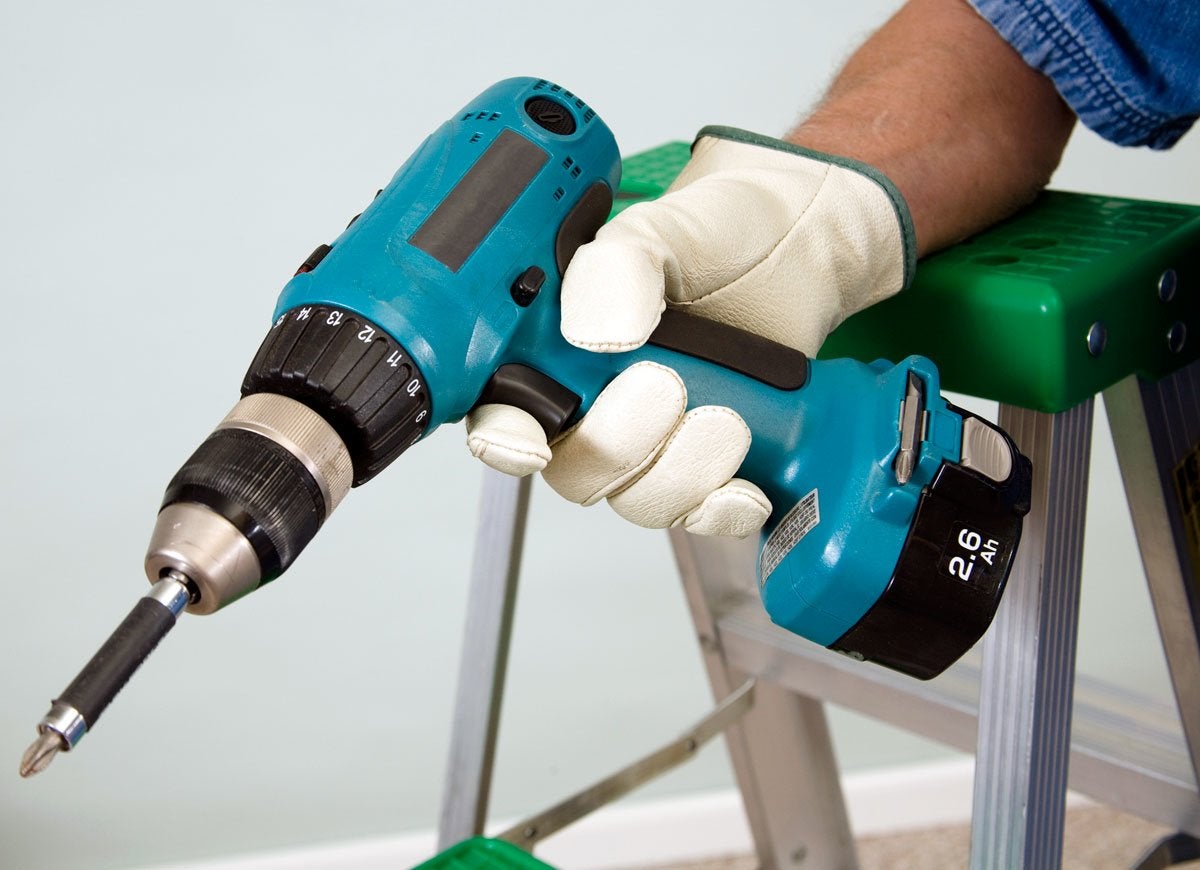
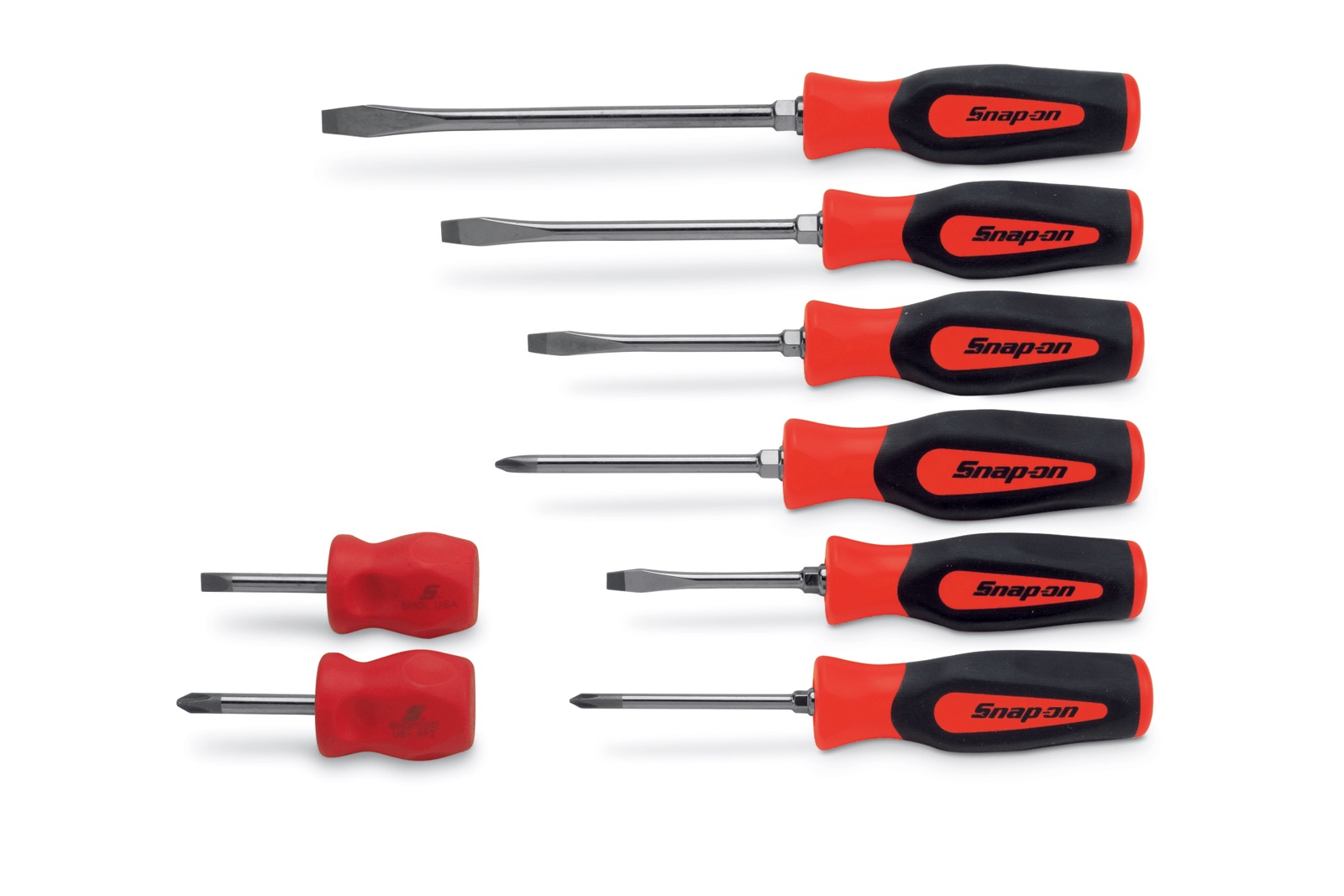

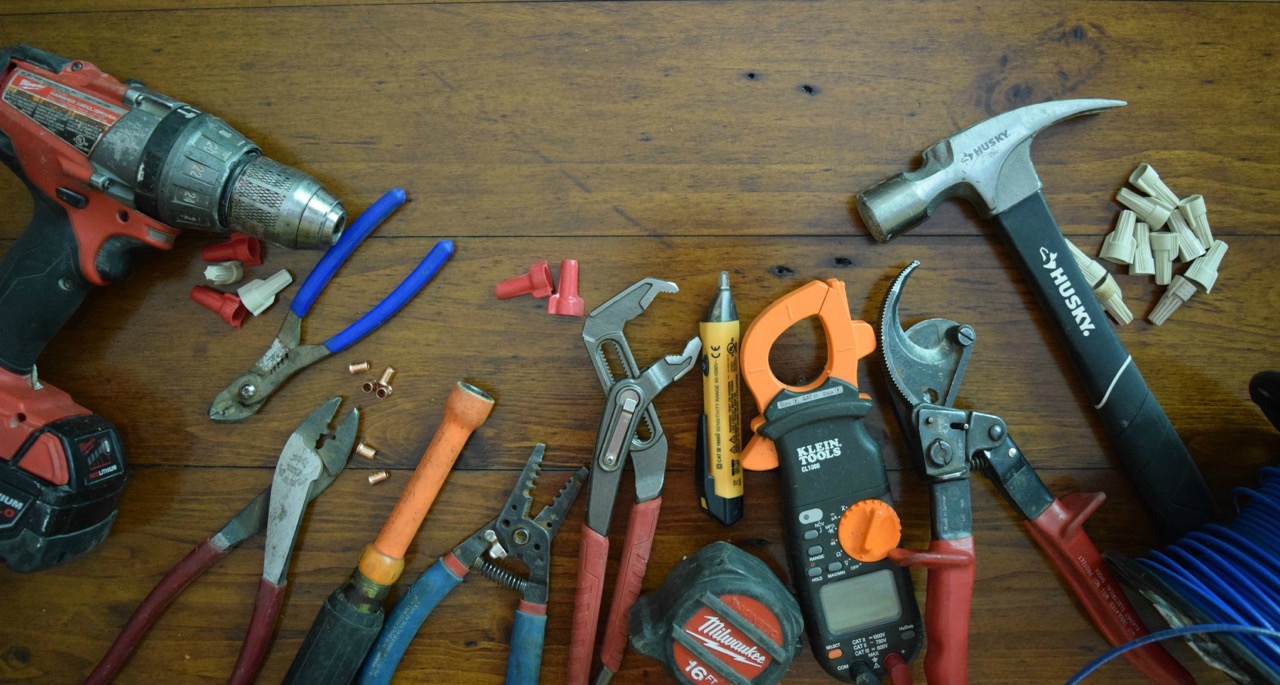

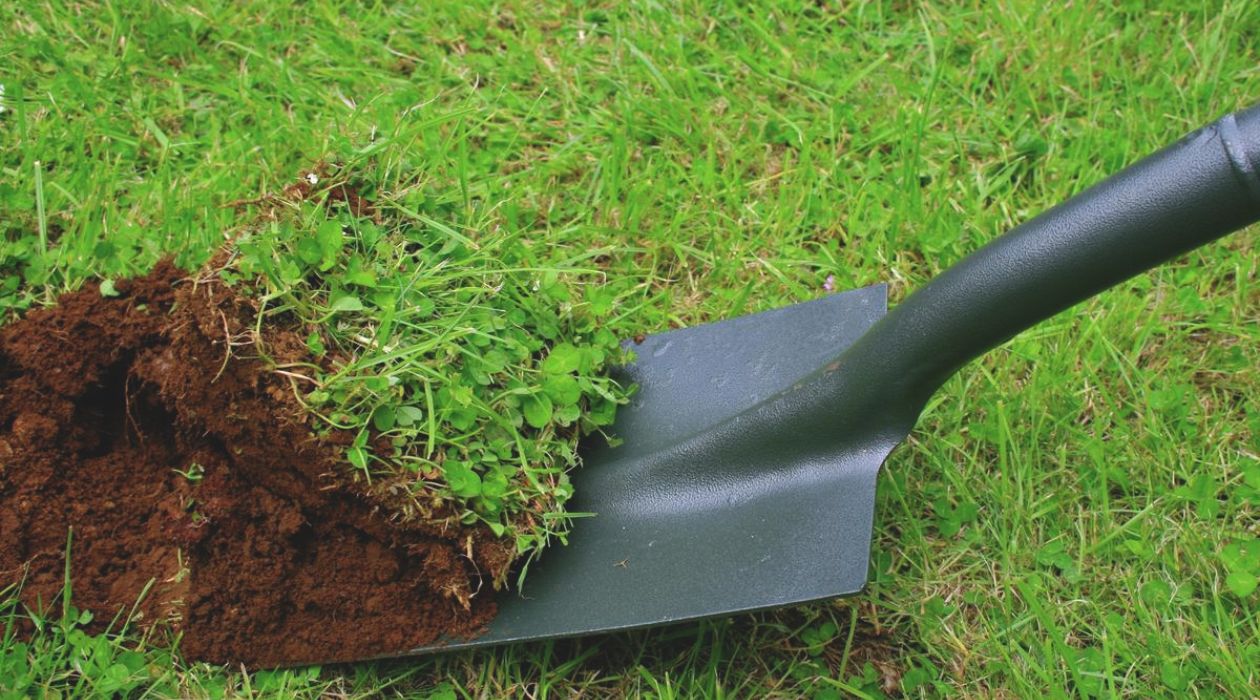
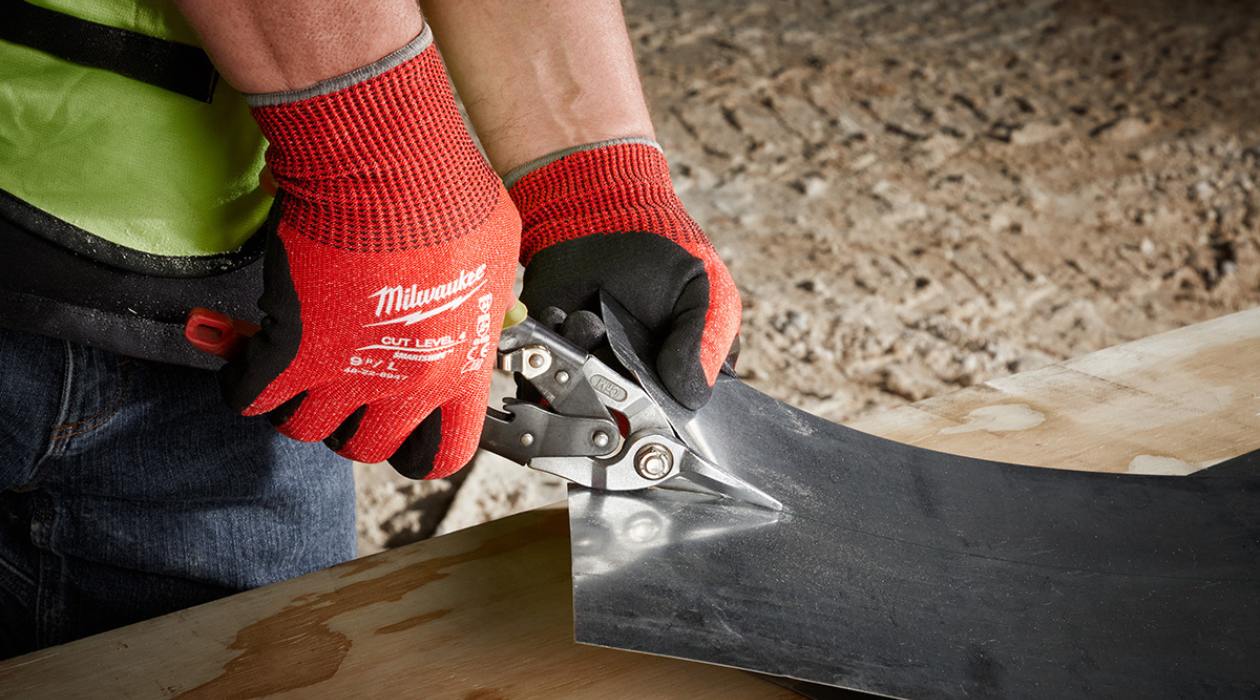
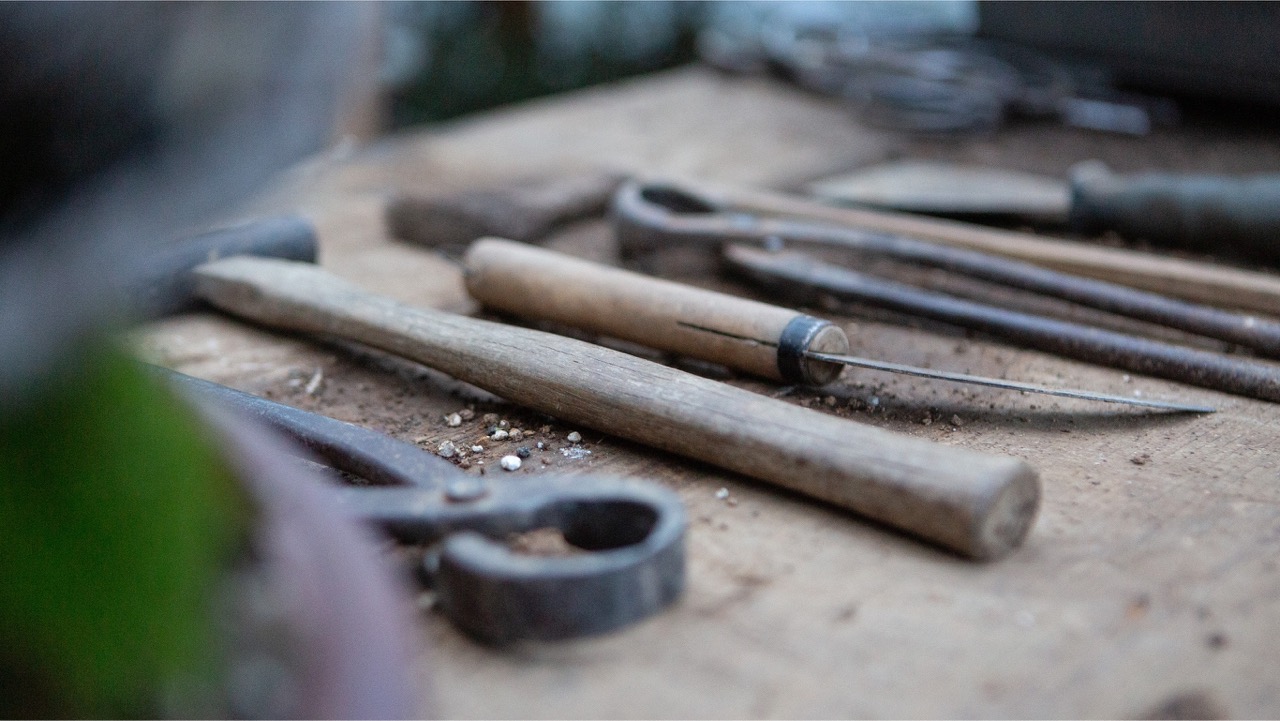
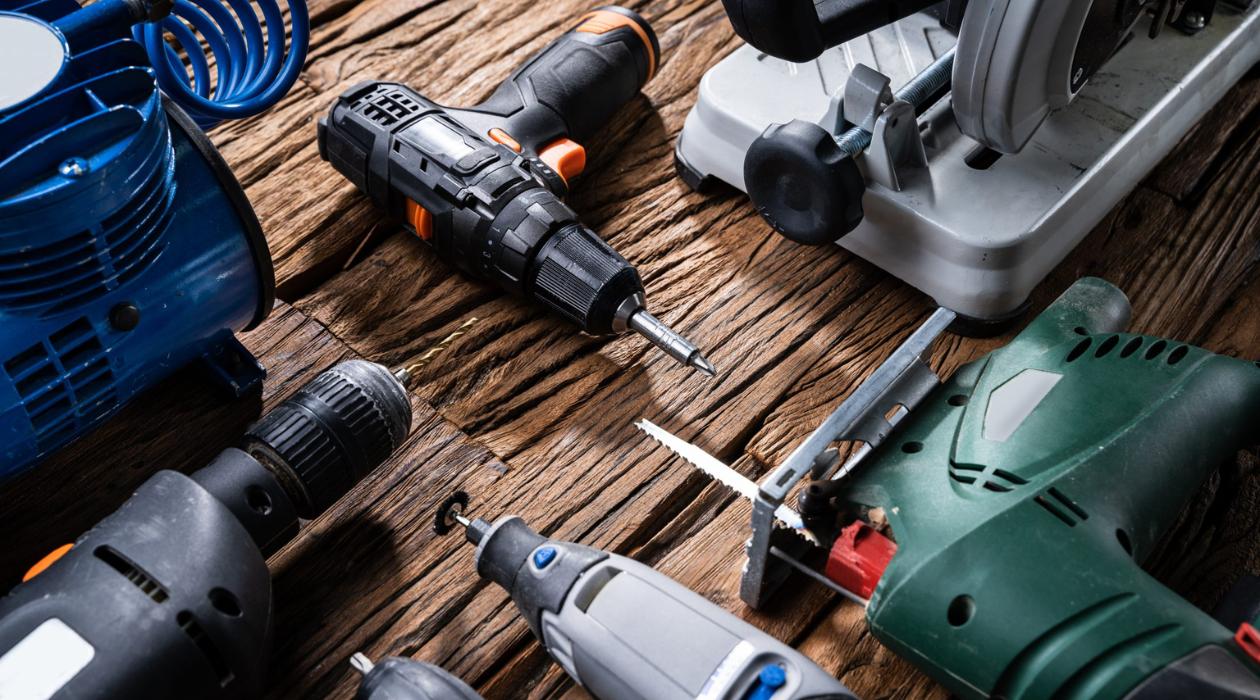
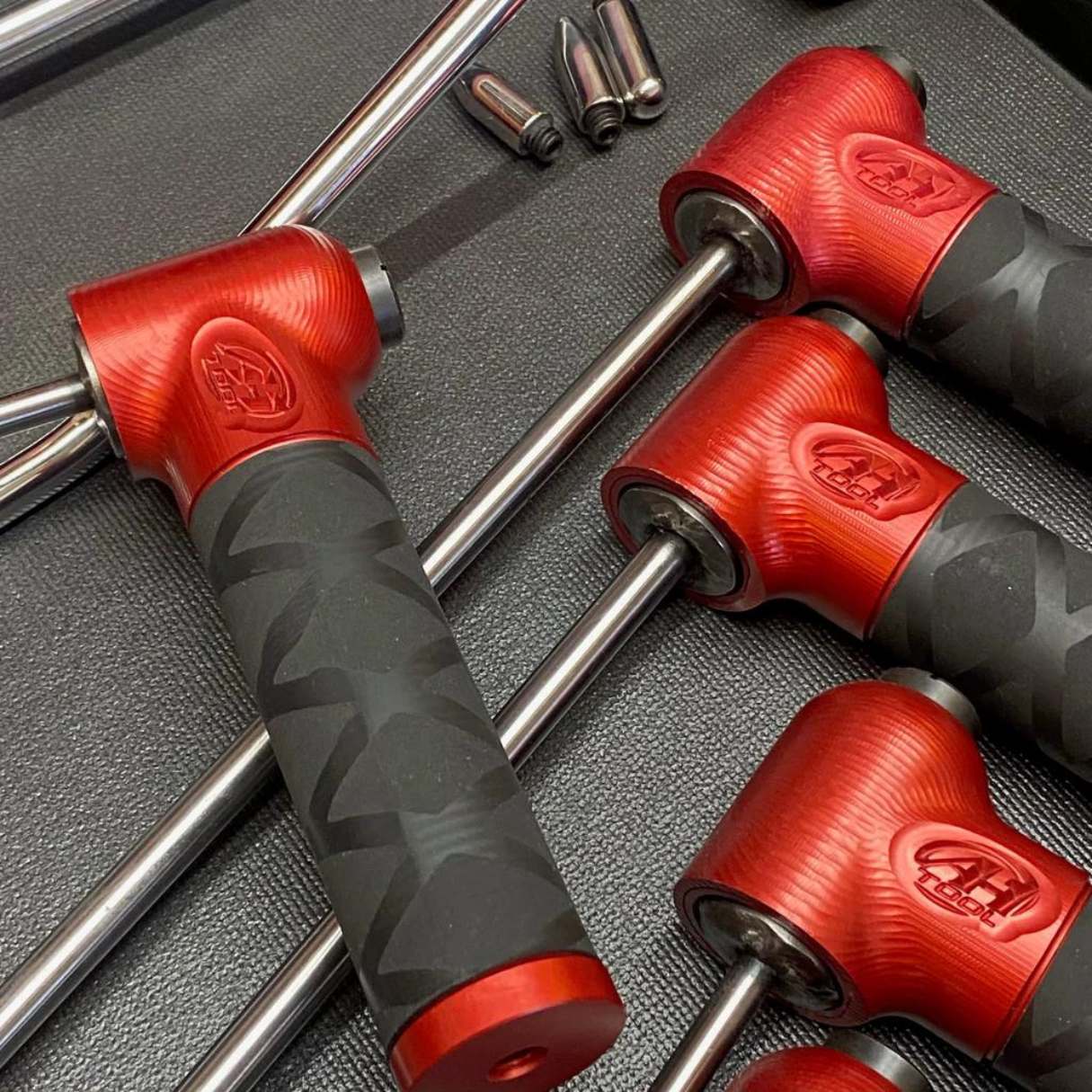
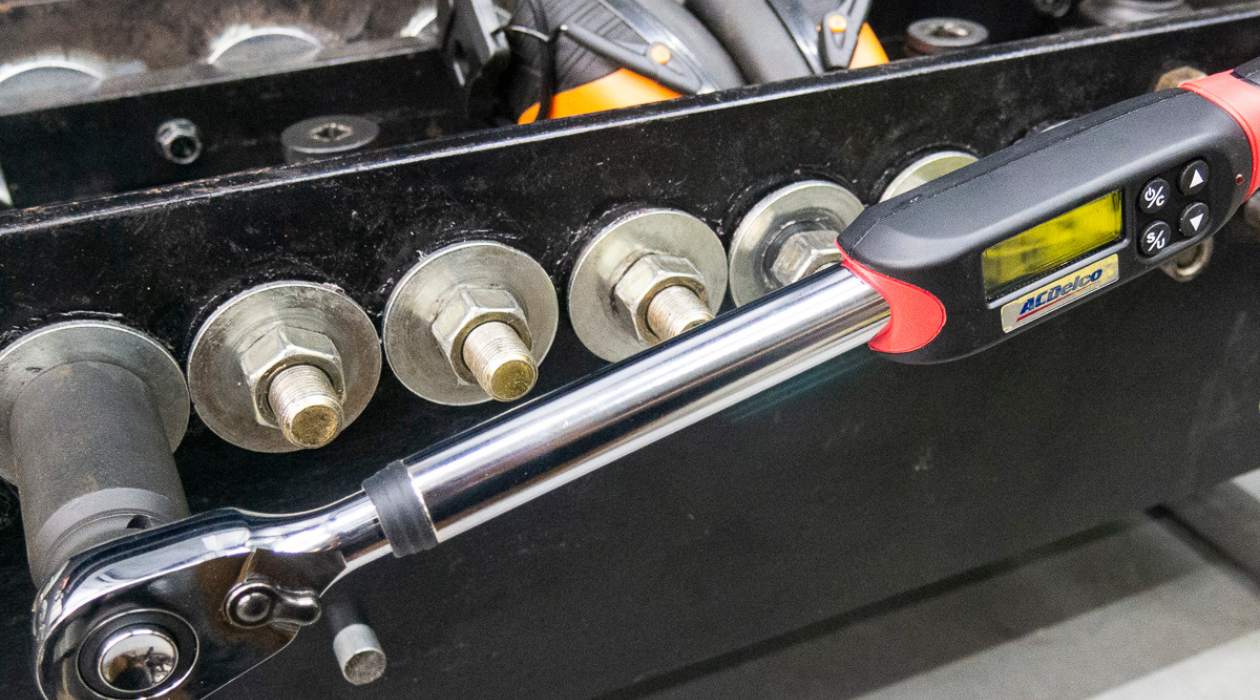
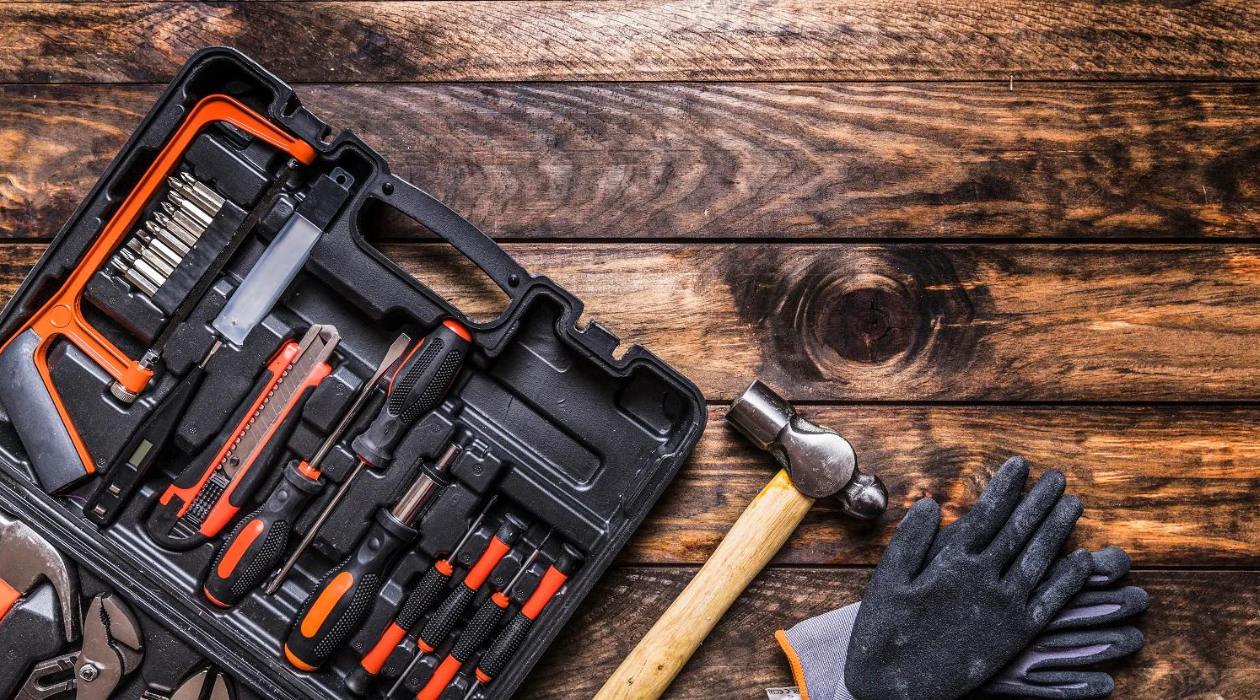
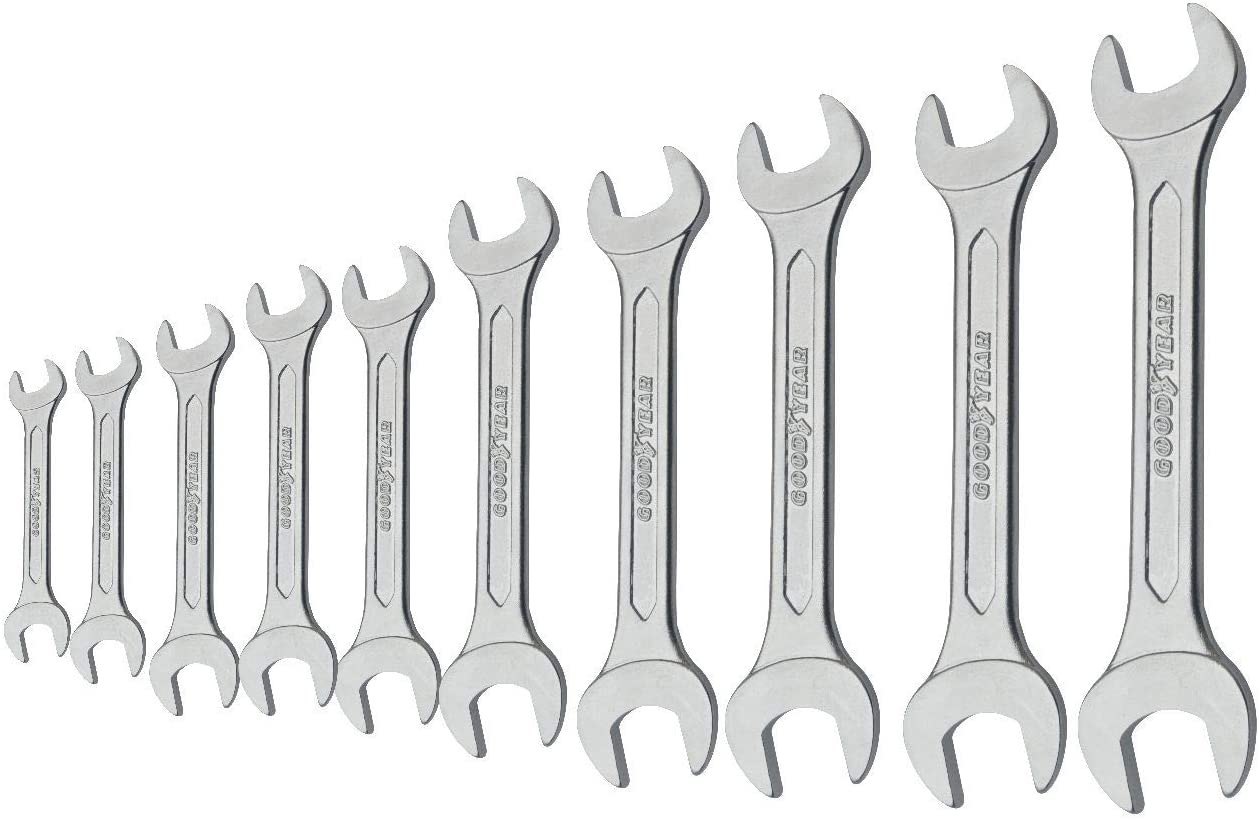

0 thoughts on “Why Do Modern Archaeologists Use Hand Tools And Technology”